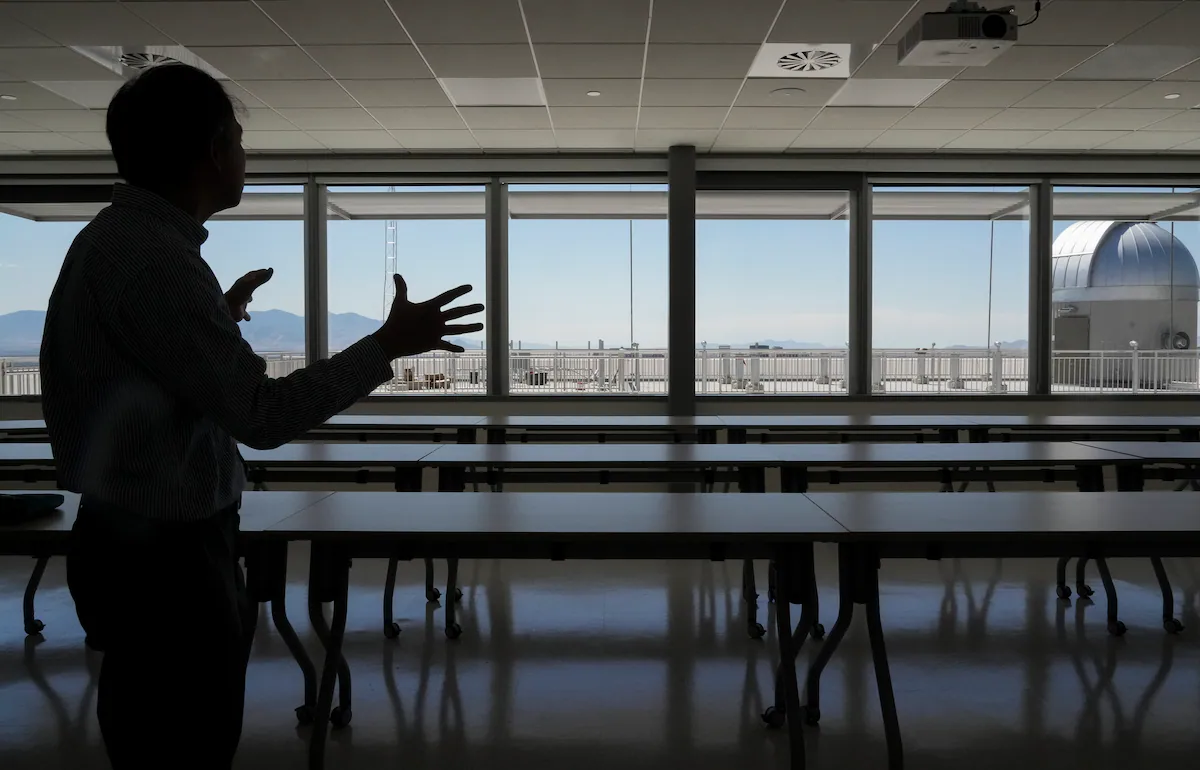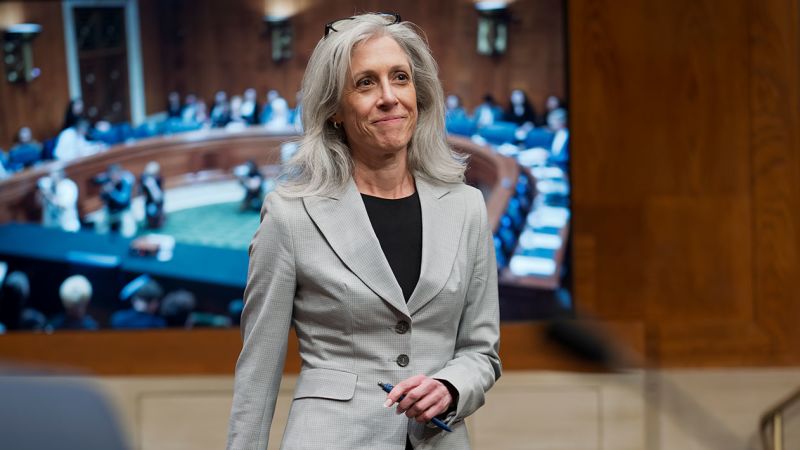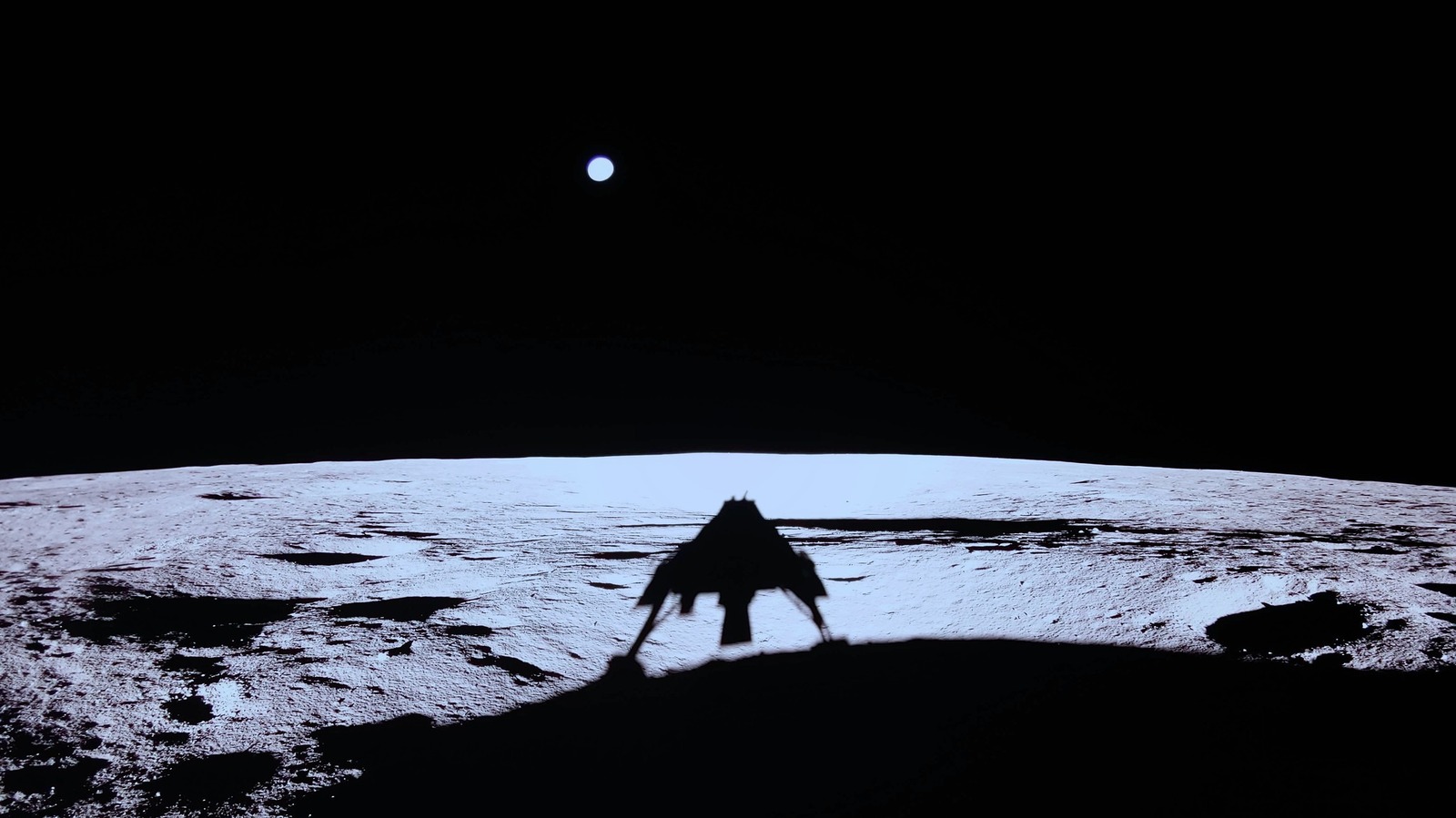
University of Utah President Taylor Randall says he’s doing everything he can to avoid mass layoffs after the school’s research operations lost millions of dollars under President Donald Trump’s administration.
But he hasn’t been able to keep some researchers from losing their jobs.
The university acknowledged last week that “it’s likely” some researchers who have been laid off in recent few months had “roles that were eliminated because of changes in funding status from various sources.”
The U. doesn’t have a specific number on how many were directly affected. The school’s human resource office doesn’t track layoffs in that way, a U. spokesperson said. That’s particularly the case as research units regularly have “reductions in force,” or RIFs, when projects naturally end; the school hasn’t distinguished those from cuts based on funding loss.
The school did, though, provide overall numbers from this year versus last year, breaking down the difference.
From September 2024 to August 2025 — which covers when Trump’s administration made major reductions to research funding — 99 employees at the U. were laid off.
By comparison, from September 2023 to August 2024, there were 65 layoffs.
That’s a difference of 34.
Of those in the past year, the U. noted that 13 employees laid off were connected to the school’s efforts to be more efficient and unrelated to research. Another seven were in positions eliminated under the Legislature’s mandated budgets cuts.
By the school’s best estimate, that leaves roughly 14 positions this year likely impacted by the federal funding shift away from research.
Overall, there are 30,200 full-time employees total at the school and 12,300 part-time employees. About 7,800 employees have positions covered specifically by research awards.
Utah State University recently confirmed it has laid off seven research staff members based on the federal changes.
One University of Utah employee shared their RIF letter with The Salt Lake Tribune. The Tribune confirmed their name and status. That letter stated: “This action is necessary due to insufficient research funding.”
The employee asked not to have their name or position shared for privacy while they search for another job in the field.
“My boss did verbally tell me multiple times that the new administration was causing a lot of chaos and instability in science, that she had not had to let someone go like this before,” the employee told The Tribune. “… It’s hard for me to believe that the layoff had nothing to do with the Trump administration.”
When the administration’s first cuts were announced in February, U. Vice President for Research Erin Rothwell said she wasn’t anticipating any layoffs.
”I’m going to be quite clear: no,” she said in response to a question from an employee during an online town hall. “We’re committed to our employees, all the wonderful staff and administrators that support our institution.”
Randall had echoed that promise, saying there also would not be any hiring freezes and graduate student admissions wouldn’t be affected.
The school now says it intends to avoid “broad layoffs” or “significant reductions-in-force.”
“But we acknowledge any layoffs are always difficult and can be disruptive,” the U. said in a statement.
Defending the impact of research
Randall spoke with The Salt Lake Tribune’s editorial board last month and said he’s trying to do everything he can to provide “bridge funding” to stop further impacts to the U.’s renowned research.
“You will see us leaning in and advocating hard for research,” he said.
In fact, Randall said his intention is to “double down” on the U.’s mission as a research school — the largest in the state and the only one in the region with an adjoining hospital (which also includes a significant health research arm).
The problem? Convincing Trump’s office to do the same.
“The challenge from the federal level is they’re not doubling down,” Randall said.
Randall sees some hope, though, in recent moves by U.S. senators to take a different approach on science than Trump. In its budget bill, the Senate has recommended funding increases for most of the agencies that Trump has tried to slash. That includes the National Institutes for Health — where the U. gets the largest percentage of its annual research awards.
The Senate is also trying to safeguard research at the Environmental Protection Agency and the Department of Energy, while approving a cut — though much smaller than Trump’s — to the National Science Foundation. There hasn’t been action yet on restoring diversity, equity and inclusion, or DEI, related research.
The U. had previously been told the federal funding for its research institute that focused on health disparities would be cut because of its equity focus. That money was later restored.
Randall said he believes there’s “momentum building” with the Senate, and the U. will throw its support behind it. The nation, he added, is at a critical time where it should be supporting research more than ever.
“It is not hard to make the argument that right now is the most critical time in the last 50 years to actually be making investments in research so we stay competitive,” he said.
He noted that in 64 technologies deemed “critical” by scientific experts — including artificial intelligence and genetics — China currently beats the U.S. on 58.
Research, he said, is tied to national security, but it’s also about improving lives with better medicine and bolstering economic prosperity for the state and country.
The U., he noted, has recently developed a robotic arm that paraplegics and quadriplegics can use to regain their ability to feel. There is also a brain chip being studied at the school — competing against one in the works from Elon Musk — to help patients with Parkinson’s disease.
Dr. Bob Carter, the new CEO for University of Utah Health who joined the editorial board meeting, also noted that U. research led to a new drug for fighting the human immunodeficiency virus, or HIV.
‘Bridge funding’ to cover losses
For fiscal 2024, the U. brought in $691 million in research funds.
So far, based on the federal cuts, the school has had more than 70 grants canceled and expects to lose $28.4 million in federal award money, according to a July update by U. research Vice President Erin Rothwell.
And if the Trump administration moves forward with capping indirect research costs — which help cover expenses for things like lab equipment — the school would also be losing about $110 million annually. The president’s plan is currently paused by the courts as universities and colleges across the country have signed onto a lawsuit to fight it.
“We would not be able to conduct research as we have been able to,” Rothwell said.
For now, Rothwell, Randall and Carter have all been working to fill funding gaps.
Randall said this fall that graduate admissions at the school have stayed flat and not been impacted by the federal research whirlwind. Last year, the U. had about 8,800 graduate students enrolled. Currently, it’s at roughly 8,700, but he doesn’t attribute the small dip to any kind of trend.
“We’ve being very tactical here,” Randall said, because of the belief in the power of science and innovation.
The school has allocated “bridge funding,” Randall noted, for researchers and projects that have lost grants. That money, he said, is coming from a few places at the university, including extra recent donor support.
Some areas are continuing to receive grants or getting more grant funding, such as from the U.S. Department of Defense. So the school is shifting spending where it can.
The recently finished fiscal 2025 also shaped up better than expected and above the previous year, landing at $782 million in research awards at the U., Randall said.
And the university is trying more “innovative” ways to make up for lost funds, Carter added. That includes a recent partnership with EPIC Ventures, a Salt Lake City-based venture capital firm. That will help with commercializing technologies that researchers develop at the U. — meaning outside companies can buy them.
Randall said the U. is trying to remove barriers to help make that happen faster. And Carter added it’s also trying to capture more in licensing fees for innovations created at the U.
“It’s a combination of things to cover that,” Carter added. “It is so far working.”
A plea
Randall has asked all faculty and staff to continue submitting research proposals. So far this year, that number is also up.
“Part of what we’re trying to do is energize the scientific community and keep those proposals moving,” he said.
He said there’s also hope the Utah Legislature will see the value of research for the state and invest. He wants as much of a safety net in place as possible.
At this point, Randall noted, the U. hasn’t felt the full effects of the Trump administration’s research cuts.
“What will happen next year,” he said, “we will see.”



